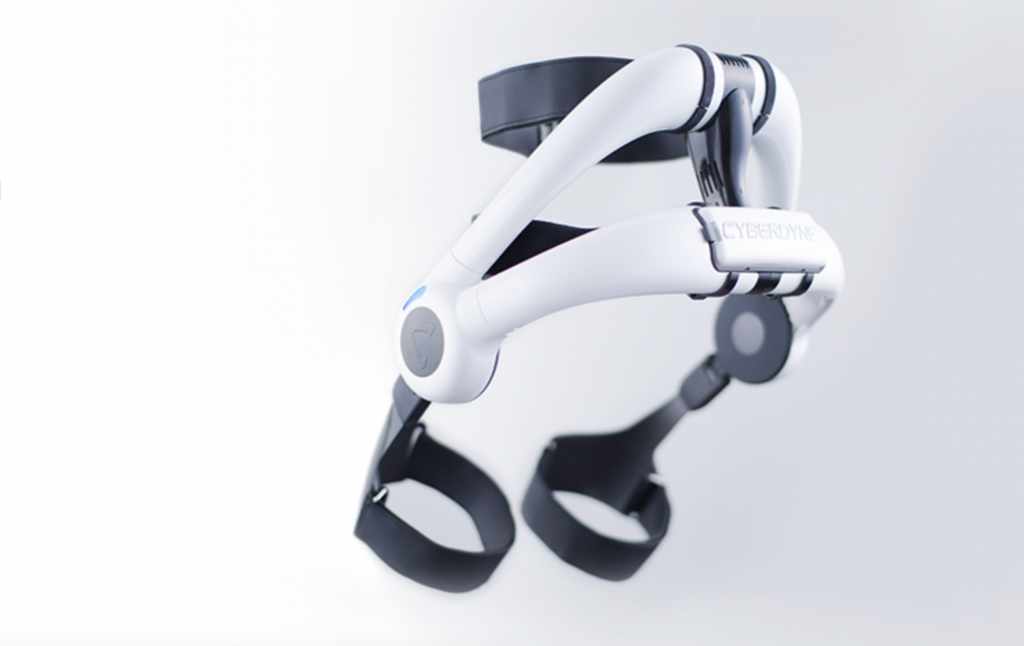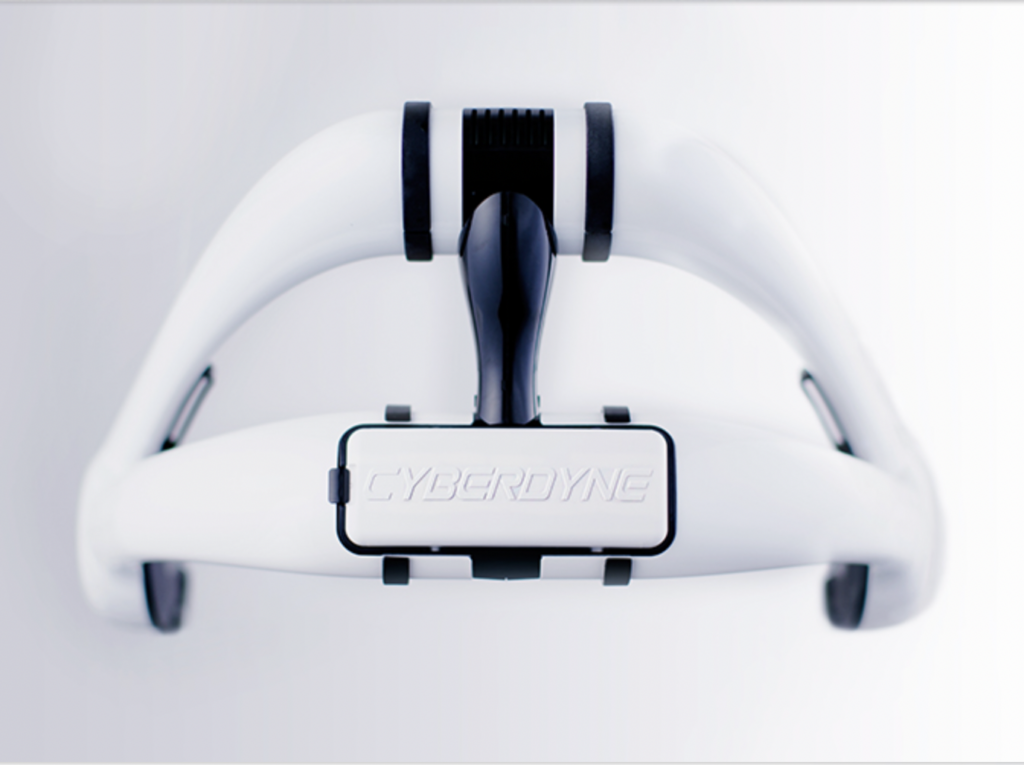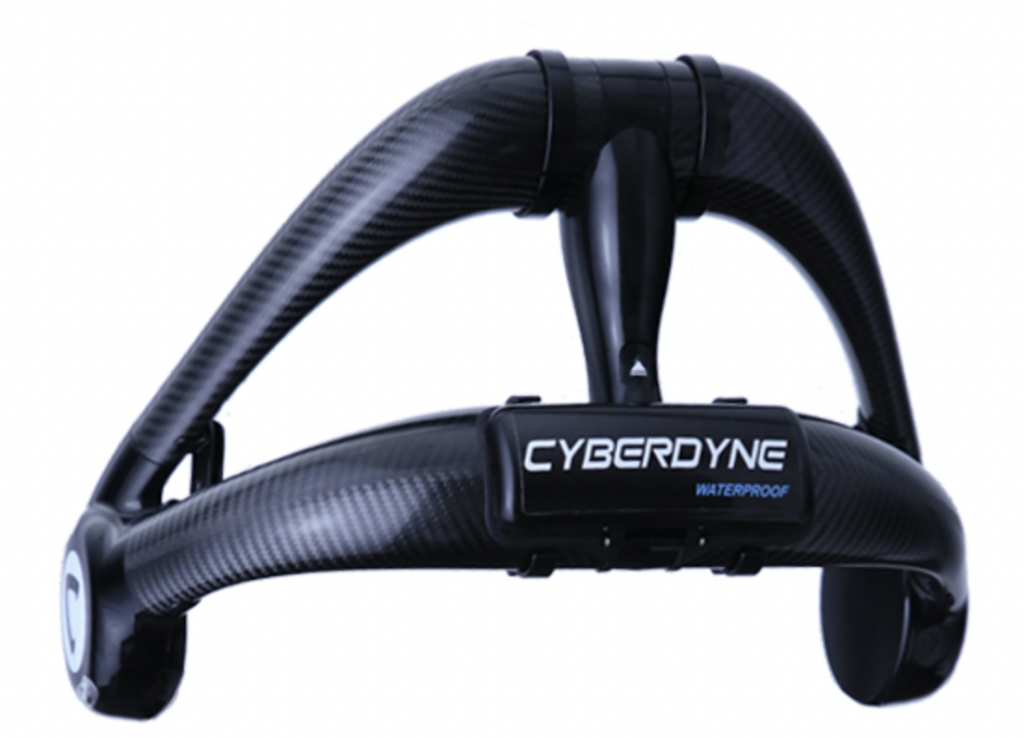HAL: LUMBAR EXOSKELETON
A tool for lower back strength and recovery
HAL (Hybrid Assistive Limb) Lumbar Type, developed in Japan by Cyberdyne, is Australia’s first lower-back exoskeleton, designed to support and assist the wearer as they perform repetitive exercises or train their lower back. This exoskeleton is now available for use at RoboFit.
HAL Lumbar Type detects the wearer’s movement intention and provides the assistance required to work with them to complete movements and prevent injury.
It can also be used in a therapeutic context to assist the wearer with the transition from a seated to a standing position, as shown in the case study below.
This program encourages the development of new neural pathways, improving motor and sensory function in some cases.
Lumbar type for wellbeing
For lower back therapy
The first Lumbar Type exoskeleton in the RoboFit lineup is the Lumbar Type for wellbeing. This device is primarily used in a therapeutic manner, with our exercise physiology team using this device to assist clients to complete a wide range of lower back exercises.
These exercises could include sitting, standing, bending, and the transition between the two. RoboFit’s experienced exercise physiology team will tailor a personalised program with our exoskeletons to suit your goals.
Lumbar type for LABOUR SUPPORT
Help while you work
The other Lumbar Exoskeleton in the RoboFit lineup is the Lumbar Exoskeleton for Labour Support. This exoskeleton is primarily used to prevent injuries and reinforce the lower back when performing repetitive tasks, such as those you’d be doing while providing care or working in a warehouse.
To use the Labour Support exoskeleton, get in touch with RoboFit at the link below.
How THE LUMBAR TYPE WORKS
Lower back support, on demand
HAL Lower Limb Type is a compact, battery driven exoskeleton, allowing it to be taken anywhere. The device provides significant stress relief on the lumbar part of the body, especially when performing repetitive tasks.
In accordance with the recognised motions, HAL distributes power to the exoskeleton, providing the wearer with the required assistance to complete the action as normal.



